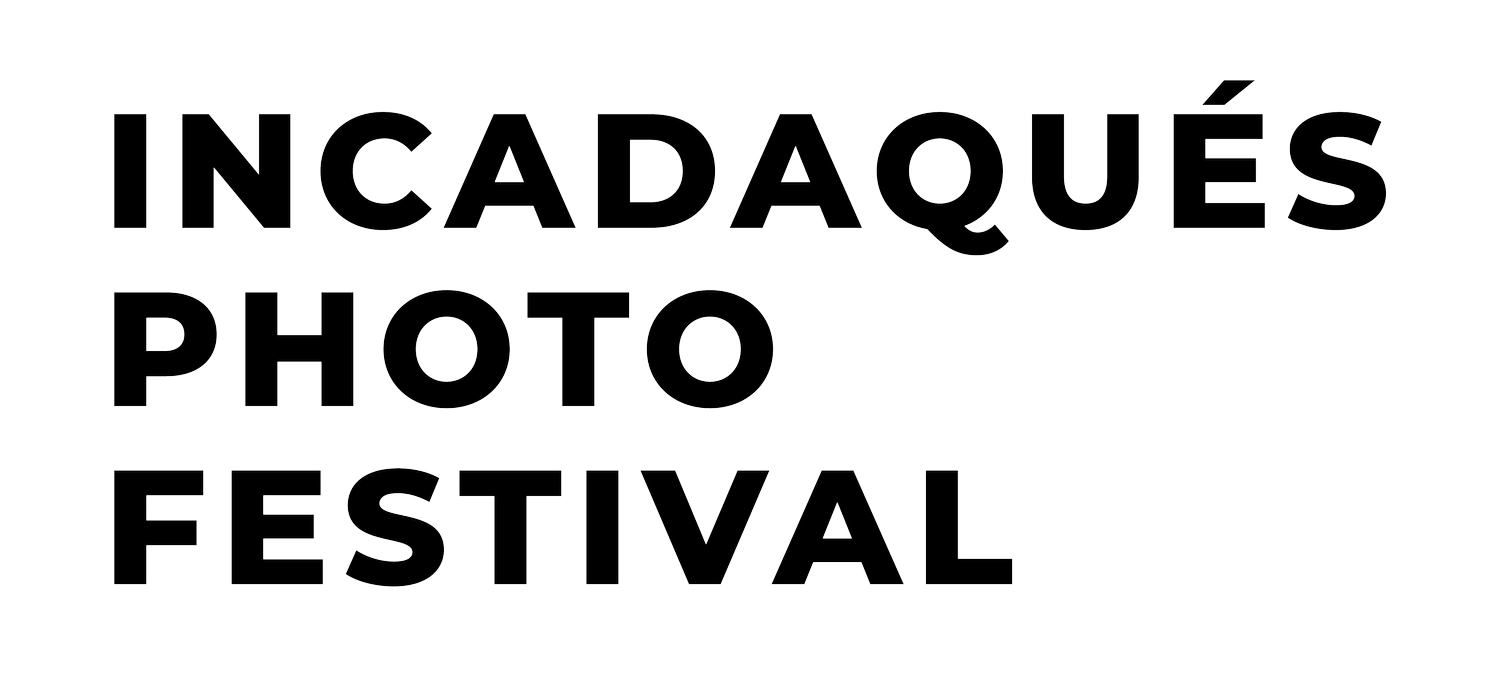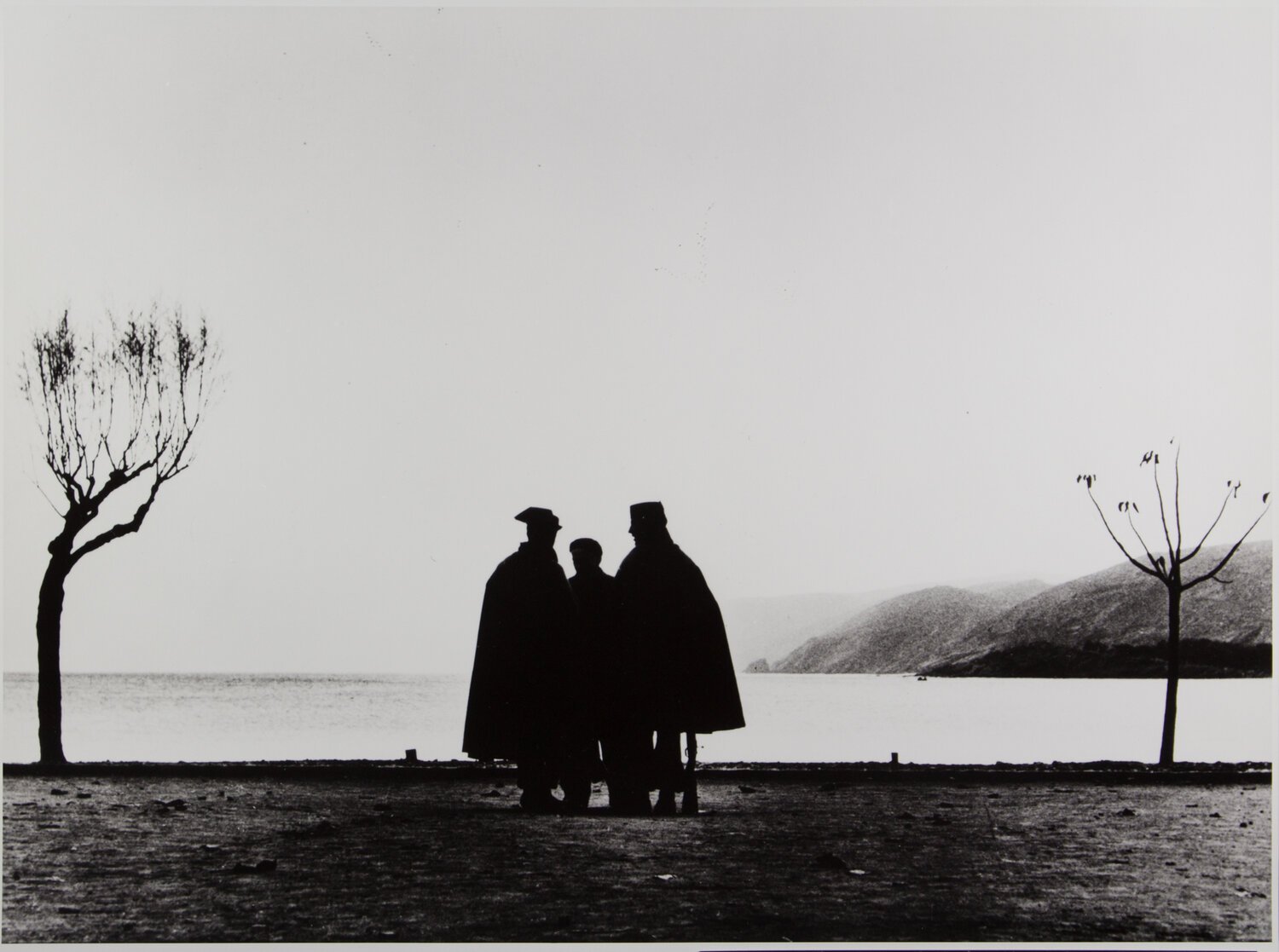Oriol Maspons
CATALONIA
Oriol Maspons (Barcelona, 1928 - 2013) was a photographer of documentary, portrait, fashion, and advertising, who contributed in a key way to the revolution of the photographic language in Spain between the 50s and 60s. With a clear tendency to chronicle, he defended humanist photography, with movement, which portrayed the reality of the time, and not as a harmonious object of contemplation.
Maspons first came to Cadaqués in the early 1950s, before the water treatment plant or even proper roads had been built. According to his friends, people still arrived covered in white dust from the road. At that time he was an amateur photographer, but had already executed one of his most iconic and renowned works: the photograph of the Civil Guard officers on the beach in Cadaqués, which can be seen in this exhibition.
Maspons became a peculiar witness to the transformation of the village throughout the 1960s. Now a professional photographer, he focused on the contrasts between locals and outsiders, who were beginning to arrive from all over the world. As a result of his personal connection with the artists who frequented Cadaqués, he also portrayed various models and painters, including Elsa Peretti and Dalí, of whom he has a wide selection of portraits.
His photographs of life in the streets and bars distill the influence that Italian Neorealism had on his own work. The images also hint at his complicity with the leading humanist photographers of the time: Doisneau, Brassaï, Sabine Weiss, and Cartier Bresson.
This exhibition shows original copies from the period, interpreted and supervised by Maspons himself, making them unique works of great value in the history of photography. Today, his work is in the collections of the Museu Nacional d'Art de Catalunya, the Museo Nacional Centro de Arte Reina Sofía, the Biblioteque National de France in Paris, and the MoMA in New York.
Fundació Photographic Social Vision represents and manages Oriol Maspons Archive. This exhibion is the product of the collaboration between the Foundation and the Museu Nacional d'Art de Catalunya (MNAC).
Courtesy of Photographic Social Vision
• SERIES •











